The Ponte Vecchio (lit. “the Old Bridge”) is one of the most famous and picturesque landmarks in Florence.
The street running across it is lined with jewelry and goldsmith shops, continuing a Florentine tradition dating back to the Renaissance.
Built in 1345, it is traditionally attributed to Taddeo Gaddi, a pupil of Giotto, although Neri di Fioravante is more likely to have been the architect.
Constructed at the narrowest point of the Arno, it rests on three large arches and replaced an ancient Roman bridge destroyed by the flood of 1333, when embankments were built to channel the river.
This lively passage attracts travelers and craft enthusiasts, but also offers superb views of the banks of the Arno.
History and curiosities
In the Middle Ages, the bridge’s shops were occupied by butchers, tanners, and blacksmiths. At the end of the 16th century, Duke Ferdinando I de’ Medici ordered their replacement with jewelers and goldsmiths, in order to give the place a more prestigious image and to reduce nuisances. In 1565, Giorgio Vasari built the famous Vasari Corridor above the shops. This covered passage linked the Palazzo Vecchio to the Pitti Palace, allowing the Medici to cross the city discreetly and safely, without mingling with the crowd.
- The bridge measures about 95 meters in length and 32 meters in width, a space that combines monumentality with intimacy.
- It is one of the few bridges in the world to have continuously retained a commercial function since the Middle Ages.
- The Ponte Vecchio is the only bridge in Florence to have survived World War II: it was spared in 1944 by direct order of Hitler.
- Since the mid-20th century, an opening in the Vasari Corridor has offered a unique viewpoint over the Arno.
Practical information about the Ponte Vecchio
- The bridge is open 24/7 for pedestrian crossing.
- Access is free to cross the bridge itself.
- The shops located on the bridge have more limited hours: generally from 9 or 10 a.m. until around 7 p.m., sometimes 7:30 p.m. depending on the season.
- The Vasari Corridor, the historic elevated passage above the shops, reopened to the public in December 2024 after several years of restoration work.
- Motor traffic is prohibited: the Ponte Vecchio is reserved for pedestrians.
Photo gallery
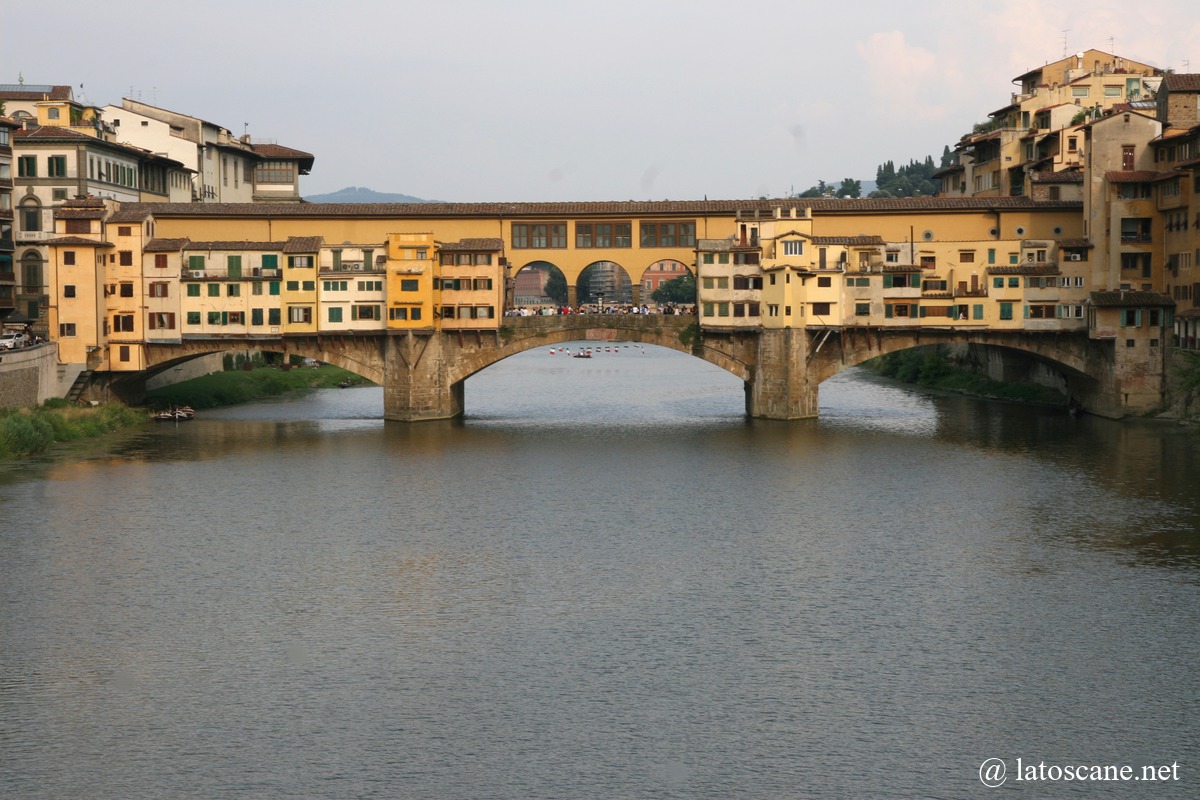
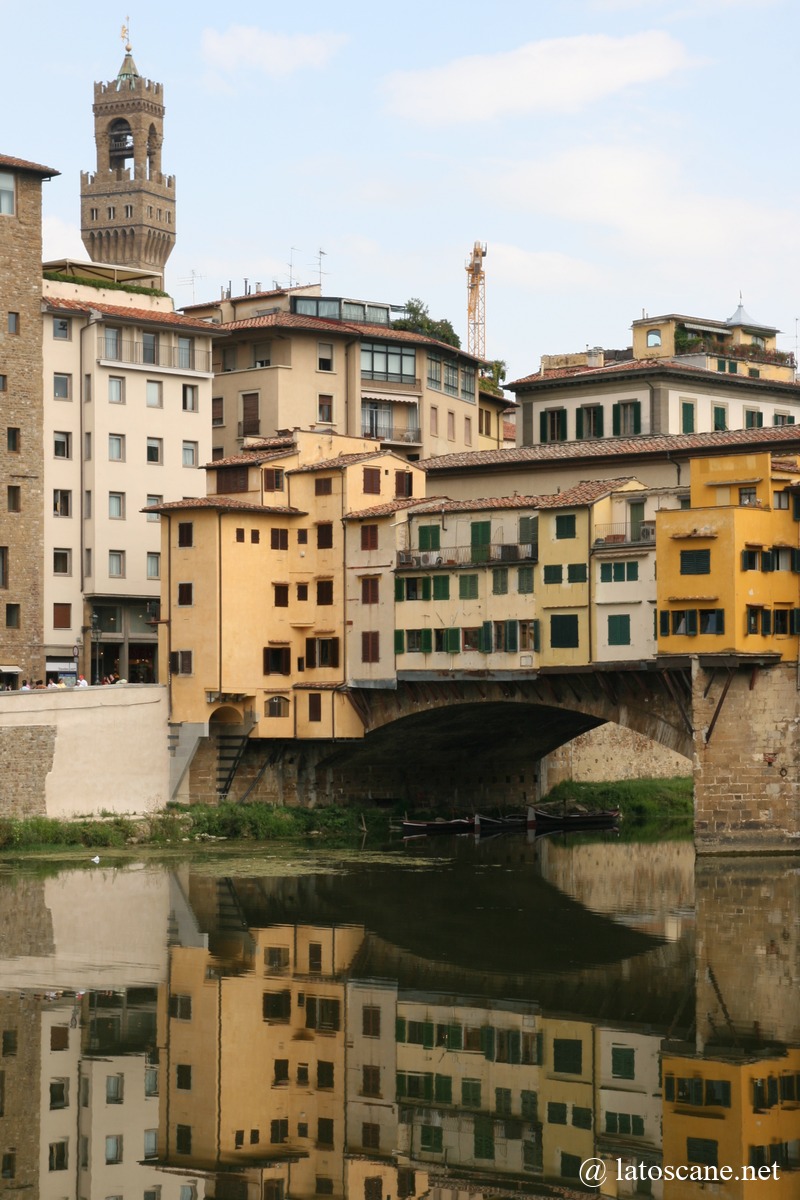
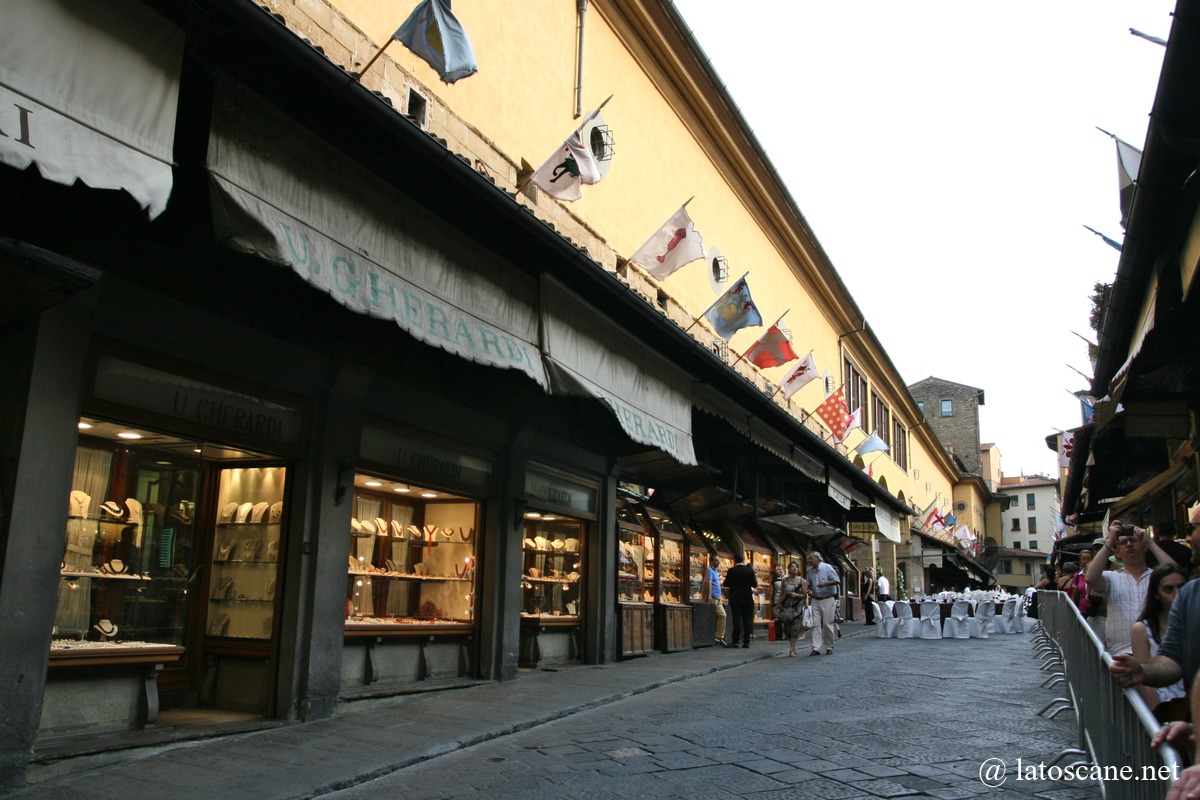
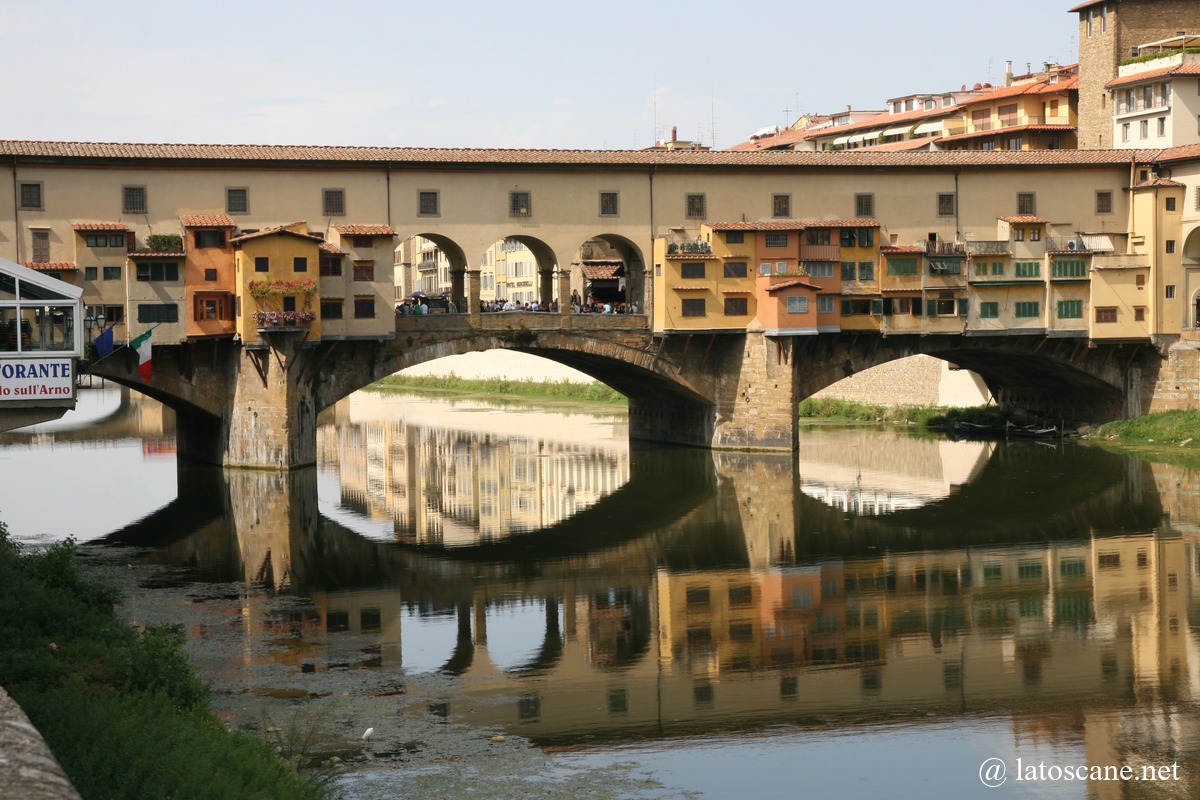
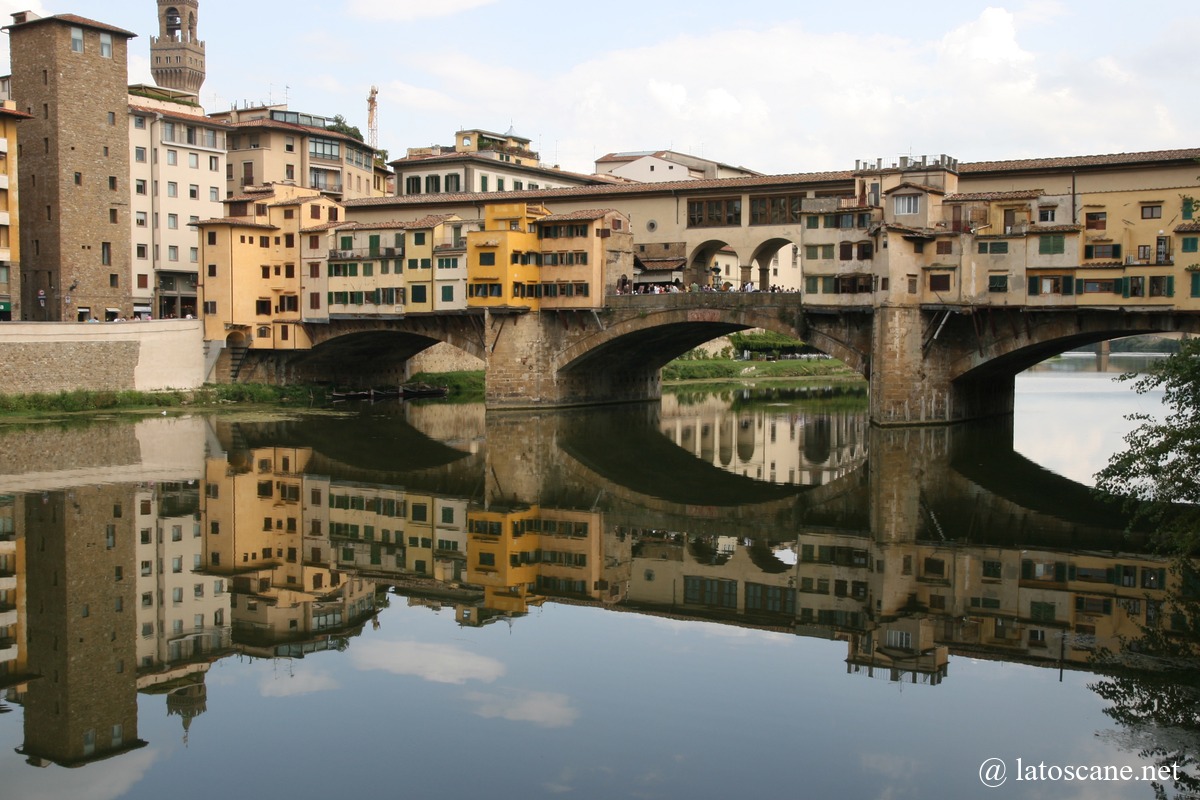
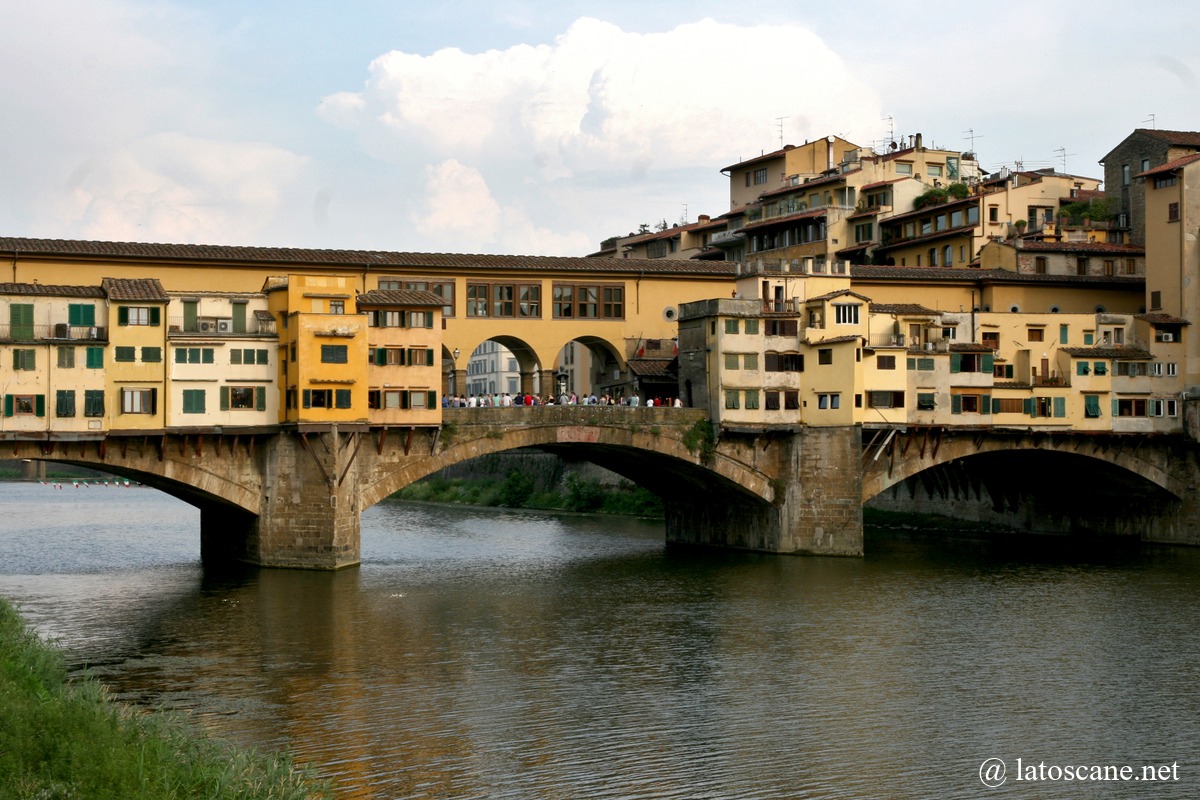
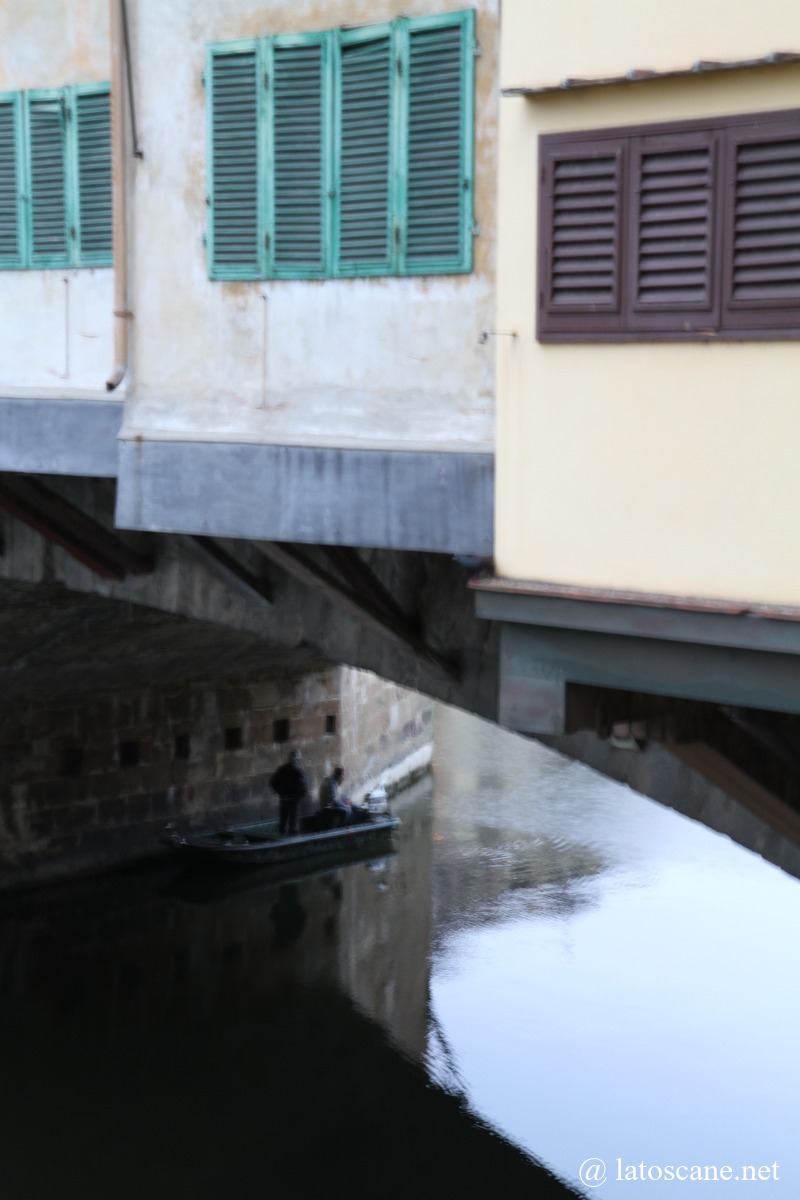
Tours and Discoveries
Where is the Ponte Vecchio: map
If you see this after your page is loaded completely, leafletJS files are missing.
Information
Links and Sources
Articles in the Florence Category
- Florence
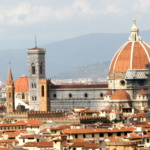 Florence, the capital of Tuscany crossed by the Arno River, has approximately ...
Florence, the capital of Tuscany crossed by the Arno River, has approximately ... - What to see in Florence: monuments, squares and museums
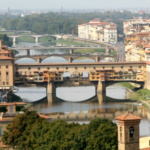 To explore Florence, at least 3 days are needed. The historic center, ...
To explore Florence, at least 3 days are needed. The historic center, ... - Interactive map of Florence
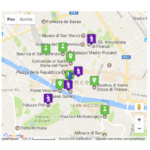 Map of Florence with its major monuments, places and museums Articles about Florence
Map of Florence with its major monuments, places and museums Articles about Florence - Hotels in Florence
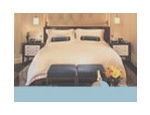 Hotels in Florence
Hotels in Florence - Visit Florence in 2 or 3 days
 A three-day stay in Florence allows you to discover the main Renaissance ...
A three-day stay in Florence allows you to discover the main Renaissance ... - Tickets and tours in Florence
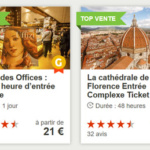 Florence touristic pass and combined tickets Excursions, visites guidées et billets à Florence Into ...
Florence touristic pass and combined tickets Excursions, visites guidées et billets à Florence Into ... - 16 Tuscan foods to try
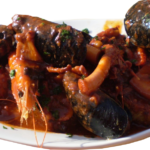 The Tuscan cuisine, particularly Florentine, is a celebration of simplicity and high-quality ...
The Tuscan cuisine, particularly Florentine, is a celebration of simplicity and high-quality ... - Florence Cathedral
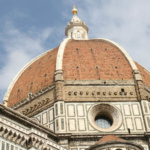 The Cattedrale di Santa Maria del Fiore, symbol of Florence, displays impressive ...
The Cattedrale di Santa Maria del Fiore, symbol of Florence, displays impressive ... - Palazzo Vecchio of Florence and museum
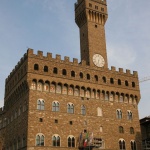 The Palazzo Vecchio (lit. “Old Palace”), one of the most iconic buildings ...
The Palazzo Vecchio (lit. “Old Palace”), one of the most iconic buildings ... - Piazza della Signoria
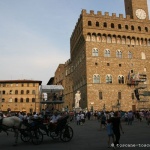 Piazza della Signoria is the political and historical heart of Florence. Located ...
Piazza della Signoria is the political and historical heart of Florence. Located ... - Churches in Florence
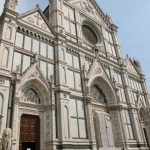 Florence, the cradle of the Renaissance where architecture, art, and history meet ...
Florence, the cradle of the Renaissance where architecture, art, and history meet ... - Museums in Florence
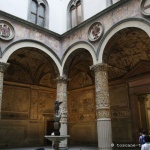 Florence, cradle of the Renaissance, is a true capital of art and ...
Florence, cradle of the Renaissance, is a true capital of art and ... - Uffizi Gallery
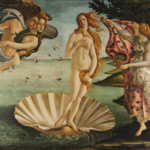 La Uffizi Gallery in Florence is one of the most famous museums ...
La Uffizi Gallery in Florence is one of the most famous museums ... - Santa Croce Basilica in Florence
 The Basilica of Santa Croce, built beginning in 1294, is the largest ...
The Basilica of Santa Croce, built beginning in 1294, is the largest ... - Santa Maria Novella Basilica in Florence
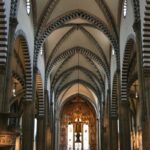 Santa Maria Novella is the large Dominican church located at the entrance ...
Santa Maria Novella is the large Dominican church located at the entrance ... - Palazzo Pitti, its museums and the gardens of Boboli
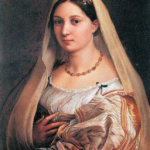 Palazzo Pitti is one of the largest buildings in Florence and a ...
Palazzo Pitti is one of the largest buildings in Florence and a ... - Gallery of the Academy of Florence
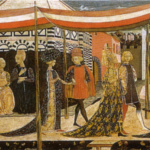 The Gallery of the Academy (Galleria dell’Accademia in Italian) is one of ...
The Gallery of the Academy (Galleria dell’Accademia in Italian) is one of ... - Typical cuisine of FlorenceThe Tuscan cuisine is based on simple, high-quality ingredients, reflecting a strong ...

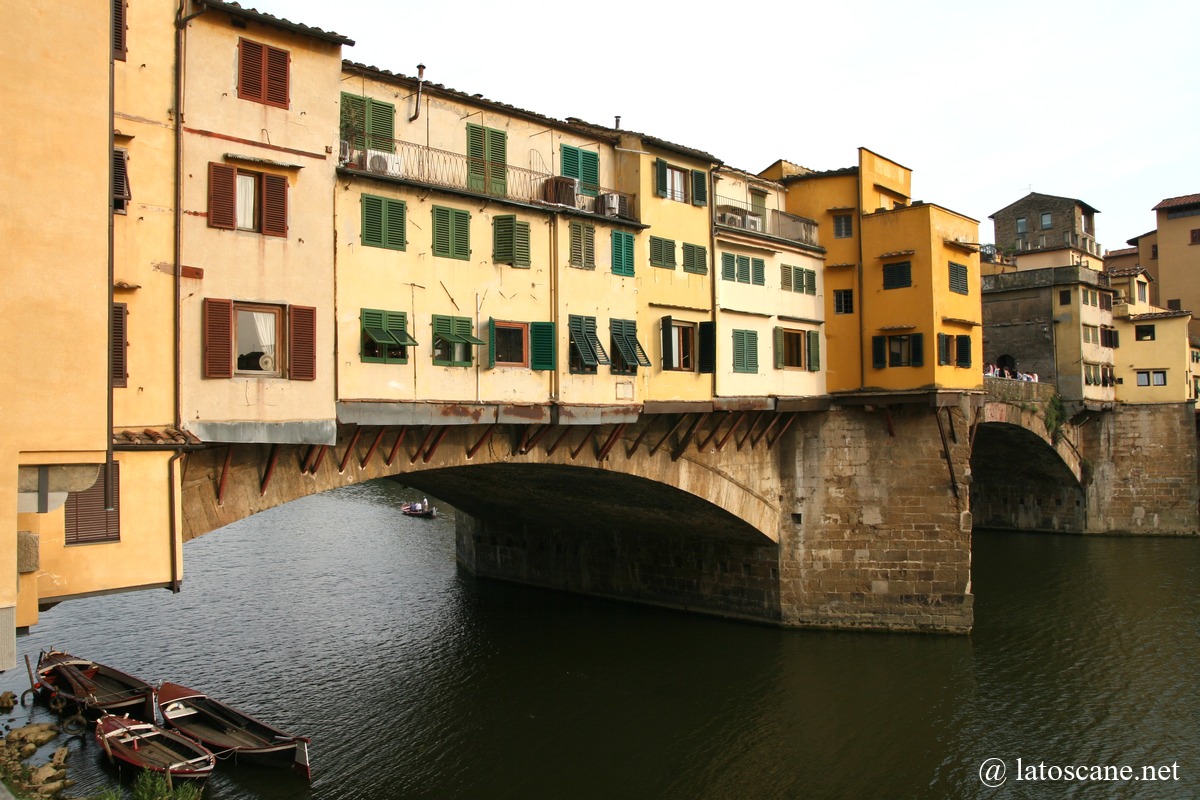
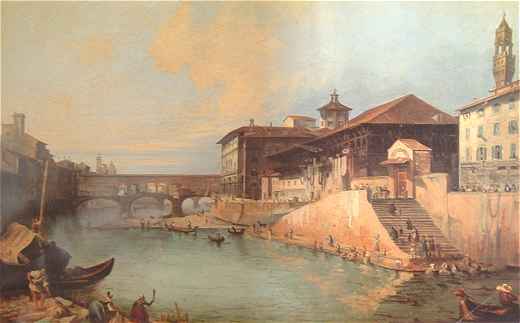
Drôle de pont avec sa rue et ses boutiques !
Passage obligé à Florence, mais encombré !
A noté : 5/5
A noté : 4/5